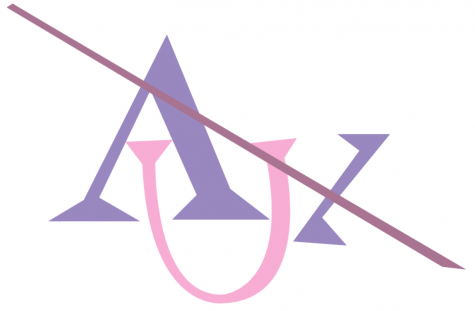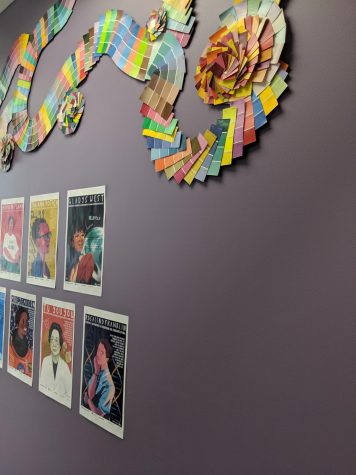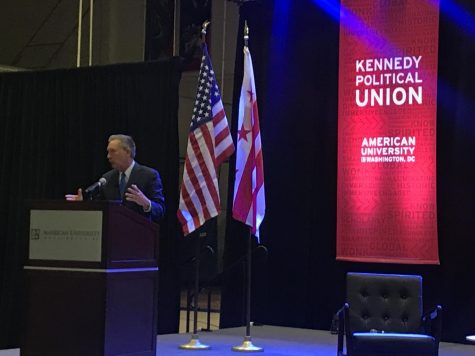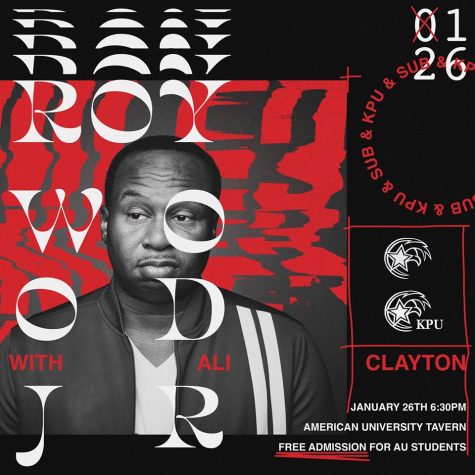"Museum City's" Less Popular Attractions A Survey of Non-Smithsonian Sites
The Smithsonian Institution is the standard to which all museums are set. The dinosaurs in the Natural History Museum, the steam engines in the National Museum of History, the Spirit of St. Louis in the Air and Space Museum and the paintings at the National Gallery of Art have drawn tourists to DC for decades. But tourists or students looking to go beyond the Smithsonians don’t need to look very far for the niche museums tucked in DC’s corners.
If you like the Avenue of the Americas…
Located on R Street NW in a two floor apartment building, Fondo del Sol is an artist-run community museum dedicated to exhibiting the works of both Hispanic and African artists from Cuba, Chile, Ethiopia and Haiti, among other nations. Some artists’ work on display includes that of Juan Boza, a prominent Afro-Cuban artist, Cuban-American artist Ana Mendieta, Georgian artist Vladimir Kandelaski, and Lopez Marin, another Georgian painter. It is a museum that displays art found nowhere else in the DC area. The museum operates from 12:30 p.m.–5:30 p.m. Tuesday–Saturday, where student admission is only one dollar and music is played while you view the unique exhibits.
If you enjoy the Smithsonian art galleries…
Check out the Phillips Collection on 21st and Q Street, which displays a great collection of modern art. The museum’s exhibits include works by Impressionists Claude Monet, Paul Gaugin, Edward Degas and Pierre Auguste Renoir. Several Van Gogh paintings are on display, as are works by Henry Matisse, Picasso, the abstract shapes of Wassily Kandisky and the color walls of Mark Rothko. Museum hours are Tuesday–Saturday 10 a.m.–5 p.m., Sundays from 11 a.m.–6 p.m., and extended hours on Thursday from 5 p.m.–8:30 p.m. The museum charges an admission fee on weekends, but offers student discounts. It is an easy metro ride and a great way to see some world-renowned art.
If you want to experience a moving memorial for victims of injustice…
Get informed about the violation of human rights in China at the Laogai Museum. The Laogai Museum opened in 2008 and documents the human rights violations through the suffering of millions of Chinese citizens in the laogai prison labor camps. The museum begins with Mao’s dictatorship in 1949, continues with the upheaval and jailing of political dissidents during the Cultural Revolution, and proceeds through the laogai (a slogan for the criminal justice system that translates to “reform through labor”) instituted during the reign of Deng Xiaopeng and his successors. Photographs of prison executions and profiles of prisoners, both deceased and currently imprisoned, illustrate the forced torture, beatings and humiliation Chinese prisoners have suffered under the laogai system. There are sections of the museum devoted to the oppression of religious figures like Catholic Chinese bishops, and members of ethnic minorities like Rebiya Khadeer, whose videotaped accounts of prison life comprise a portion of the display. The most moving portion of the museum is the model of a six-foot-tall, three-foot-wide solitary confinement cell, a replica of those still used today in the Laogai prison labor camps. The museum is open Monday–Friday from 10 a.m.–6 p.m., and on Saturday from 10 a.m.–5 p.m. It is free of charge (though donations are suggested) and is located on the corner of 20th and S Street.
If you’re interested in Jewish history, visit…
The National Museum of American Jewish Military History on R Street memorializes American Jewish veterans and their contributions to the defense of freedom. The museum’s exhibits profile the contributions of Jewish women as soldiers and nurses along with the leadership of Major General Julius Klein, who served in both World Wars. It also includes a hall of Jewish military heroes stretching back to the Civil War and a memorial for Jewish US citizens killed during the conflicts in Afghanistan and Iraq. The museum is free and open Monday–Friday from 9 a.m.–5 p.m. and on Sundays by appointment.
If you’re interested in unique stories in economic and trade history…
Take a trip to the Textile Museum. At first look, textiles might seem like a boring subject for a museum. However, textiles can reveal a culture’s history, legends and way of life. The museum’s current exhibit, “Dragons, Nagas, and Creatures of the Deep,” runs until January 2013. It looks at the role of dragons in various Asian cultures from the Miao people of southern China to the Georgians of the Caucus Mountains. The intricate cloth designs tell visitors about the historical legacy and cultural expression of these people. The museum is located on S Street, and admission is free. It is open Tuesday–Saturday from 10 a.m.–5 p.m. and Sundays from 1 p.m.–5 p.m.






